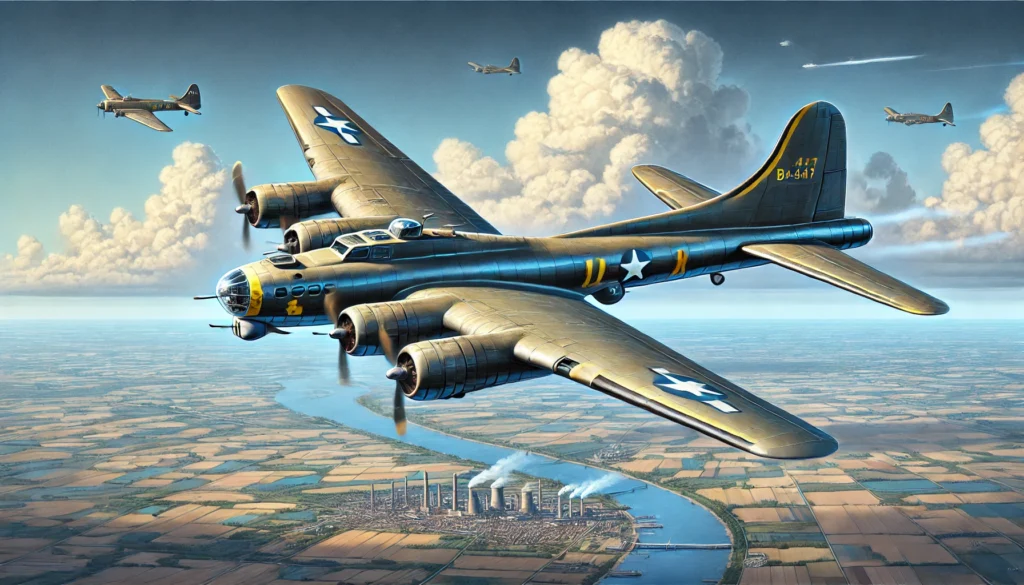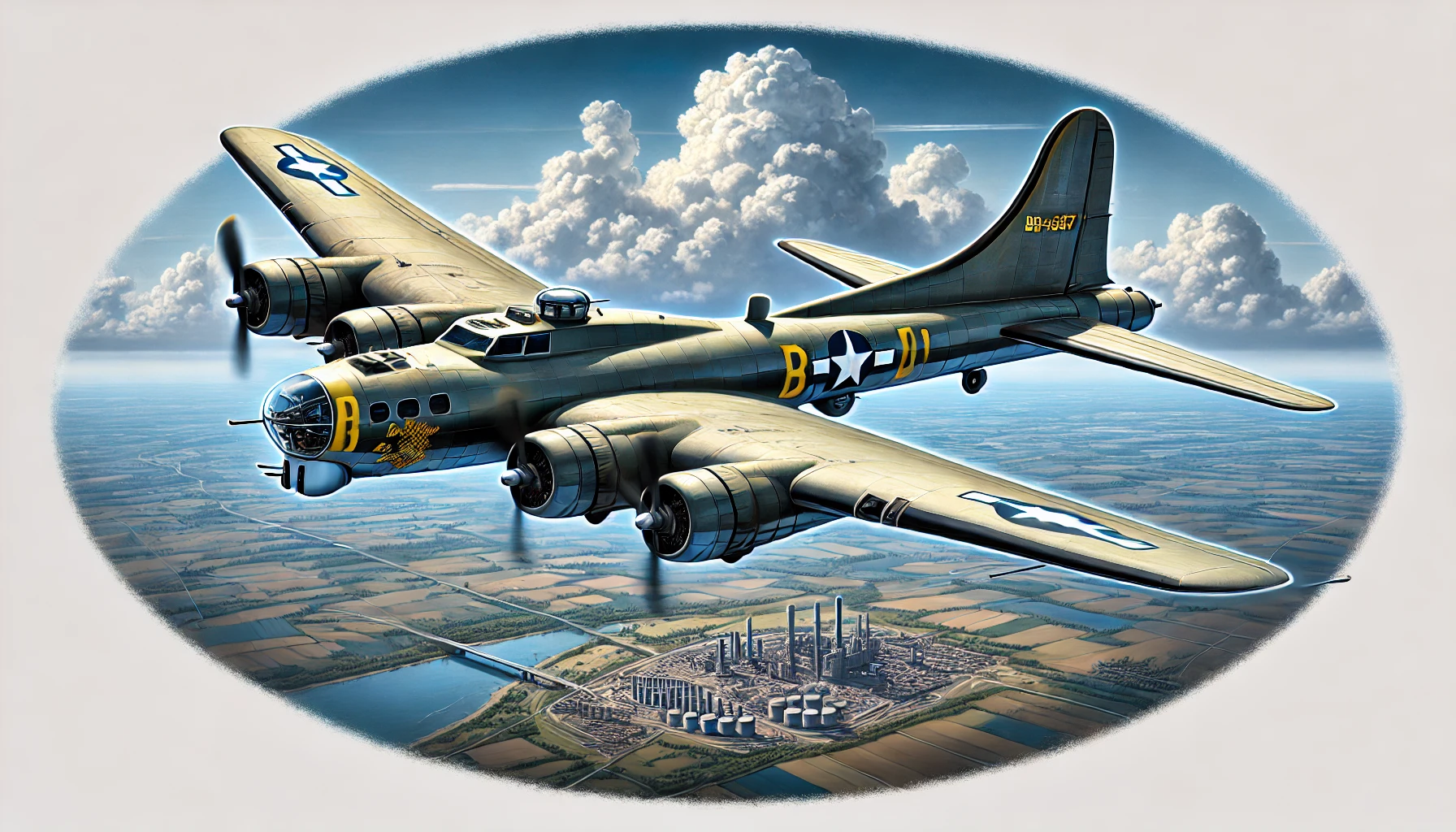Introduction
John Popp was a distinguished World War II veteran who served as a crew member aboard the B-17 Flying Fortress, one of the most iconic bombers of the war. His dedication, bravery, and contributions to the war effort left a lasting impact, making his story one worth remembering. In this detailed obituary, we honor his service, recount his life journey, and explore the legacy he left behind.
Early Life of John Popp
Born in the early 1920s, John Popp grew up in a time of great global change. Raised in a patriotic family, he was deeply influenced by the events of World War I and the Great Depression. His early years were spent in [Insert Location], where he attended [Insert School] and developed a strong sense of duty and resilience. His interest in aviation was sparked at a young age, leading him to pursue a career in the Air Force.
Enlistment in the Military
Training and Preparations
As World War II escalated, John Popp answered the call to serve his country. Enlisting in the United States Army Air Forces, he underwent rigorous training to become a member of the B-17 bomber crew. His training included:
- Basic Flight Training: Learning the fundamentals of aviation and military protocol.
- Specialized Technical Training: Depending on his assigned role, he underwent specialized instruction in navigation, gunnery, or engineering.
- Survival Training: Preparing for the harsh conditions of war, including evasion and survival techniques.
Upon completion, he was assigned to a B-17 crew, ready to take on the challenges of aerial combat.
Role in the B-17 Flying Fortress Crew
John Popp served in a crucial role within the B-17 Flying Fortress, a heavy bomber known for its durability and strategic importance. Depending on his specific duty, he could have been a:
- Pilot: Responsible for flying and maneuvering the aircraft.
- Navigator: Ensuring precise course plotting for missions.
- Bombardier: Calculating and executing bomb deployments.
- Gunner: Defending the aircraft from enemy attacks.
His position within the crew was vital in ensuring the success of high-risk bombing missions over Europe.

Significant Missions and Combat Experience
Throughout his service, John Popp participated in numerous air raids over enemy territories. His missions included:
- Strategic Bombing Raids: Targeting industrial sites and enemy supply lines.
- Daring Rescue Missions: Providing aerial support for ground troops.
- Heavy Combat Engagements: Facing relentless enemy fire while delivering precision strikes.
His bravery in the face of danger earned him commendations, and his contributions were instrumental in securing Allied victories.
Challenges Faced by B-17 Crews
The life of a B-17 crew member was fraught with peril. These airmen faced numerous challenges, including:
| Challenge | Description |
|---|---|
| Enemy Fighters | Constant attacks from German Messerschmitt aircraft. |
| Flak Artillery | Heavy anti-aircraft fire that posed significant threats. |
| Harsh Conditions | Freezing temperatures at high altitudes. |
| Long Missions | Endurance-demanding flights lasting over 10 hours. |
Despite these difficulties, John Popp and his crew pressed on, demonstrating unwavering courage.
Camaraderie and Brotherhood
B-17 crews developed deep bonds, relying on one another for survival. John Popp’s relationships with his fellow airmen were built on trust and shared hardships. Their camaraderie extended beyond the war, with many staying in touch through veteran reunions and organizations.
Life After World War II
Following the war, John Popp transitioned into civilian life. He pursued a career in [Insert Profession], married, and built a family. He remained active in veteran communities, often sharing his experiences with younger generations. His contributions to preserving history ensured that the sacrifices of B-17 crews would never be forgotten.
Remembering John Popp
John Popp’s passing marked the loss of a true hero. His obituary reflects not only his wartime service but also his impact on his community and family. He is survived by [List Surviving Family Members], who continue to honor his legacy.
FAQs
1. What was John Popp’s specific role in the B-17 crew?
While exact records vary, he likely served as a [Insert Role], contributing to successful aerial missions.
2. Did John Popp receive any military awards?
Yes, he was honored with medals such as [List Recognized Awards] for his bravery and service.
3. Where was John Popp stationed during WWII?
He was stationed at [Insert Air Base], where he took part in strategic bombing campaigns.
4. Are there any records of John Popp’s missions?
Some of his missions are documented in military archives and veteran accounts.
5. How can I learn more about B-17 crews?
Visit historical archives, museums, and veteran organizations to gain deeper insights into the experiences of B-17 airmen.
What was the daily life of a B-17 crew member like during WWII?
B-17 crew members had a highly structured daily routine, including mission briefings, aircraft maintenance checks, and combat simulations. When not flying, they engaged in physical training, writing letters home, and bonding with fellow airmen to cope with the stress of war.
How did B-17 crews prepare for long missions?
Preparation involved intensive pre-flight briefings, checking survival gear, and ensuring the aircraft was stocked with oxygen, ammunition, and emergency supplies. Crews also carried rations and wore insulated gear to withstand freezing temperatures at high altitudes.
What happened to downed B-17 crew members who survived crashes?
If crew members survived a crash or were shot down over enemy territory, they faced capture as prisoners of war (POWs), escape attempts, or assistance from resistance groups. Some evaded capture and were rescued by Allied forces.
How did the B-17 Flying Fortress get its name?
The B-17 was dubbed the “Flying Fortress” due to its rugged build and defensive capabilities. It had multiple gunner positions, self-sealing fuel tanks, and an ability to sustain heavy damage while continuing to fly.
Where can I see a B-17 today?
Several B-17s are preserved in museums worldwide, including the Smithsonian National Air and Space Museum, the National Museum of the U.S. Air Force, and privately owned aircraft that participate in airshows. Some even offer flight experiences for visitors.
Conclusion
The story of John Popp, a valiant member of the WW2 B-17 crew, serves as a testament to the courage and sacrifices of those who fought for freedom. His life, from enlisting in the military to enduring the challenges of aerial warfare, reflects true heroism. By remembering and honoring veterans like John Popp, we ensure their legacy continues for generations to come.
Other Articles
Austin Swift Height: A Comprehensive Guide to His Physical Stature
Allintitle: When Does Amazon Stop Accepting Venmo?
Comprehensive Guide to iloveloveloveebay.com: Gaming, Gadgets, and Tech Enthusiasts’ Paradise




Leave a Reply